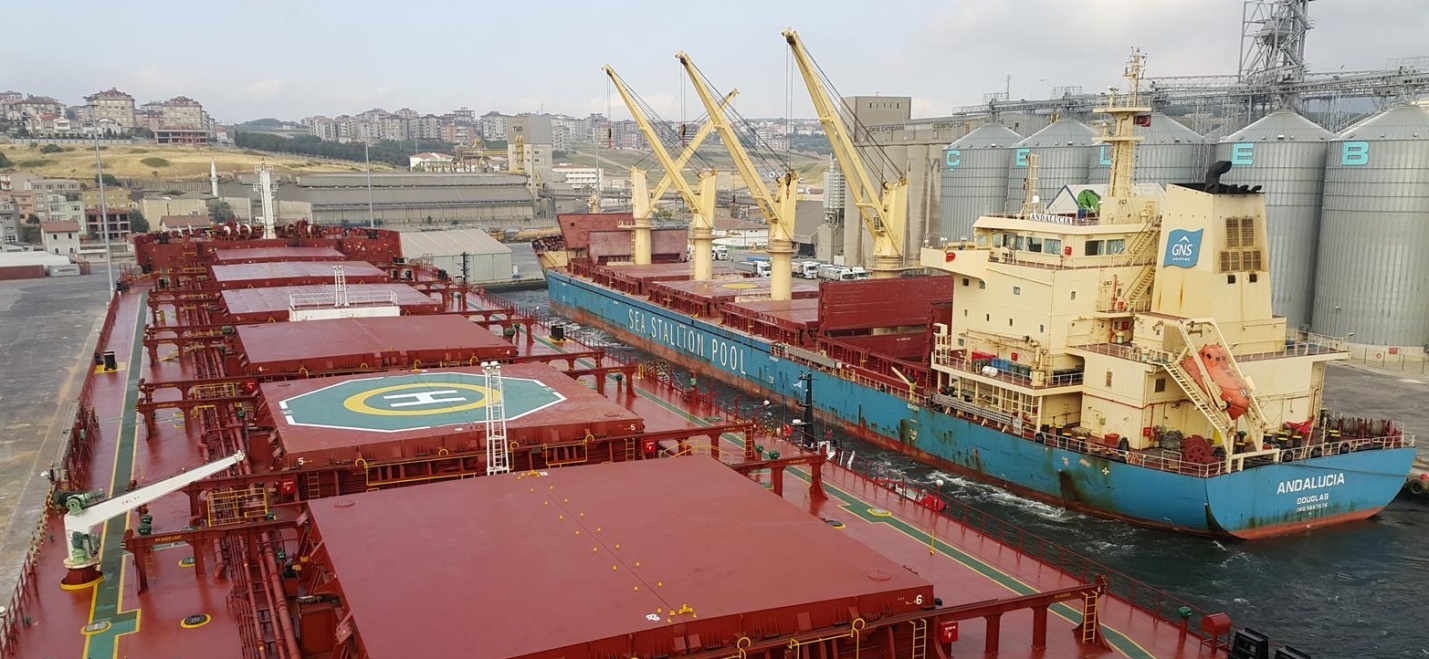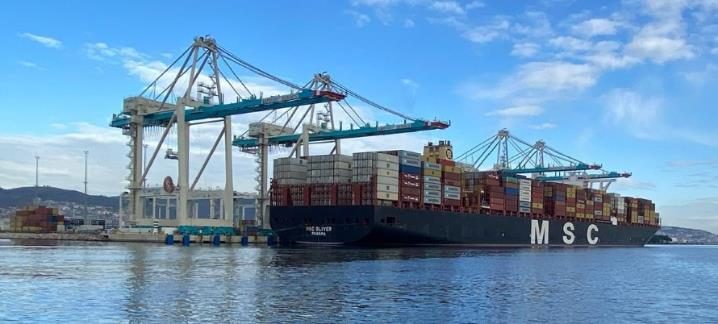Seaports of Turkey.
Ports are an important part of maritime transport; ships provide more than 80% of world trade. In 2022, 92.22% of Turkey’s imports and 80.08% of its exports came from maritime transport.
Surrounded on three sides by the sea and located at the junction of the continents of Asia and Europe, Turkey has 180 ports and piers with a coastline of 8,333 km. Shipping is the largest component of the Turkish economy. Turkey’s gross national product in December 2021 was $807.006 billion. The share of the maritime sector in the gross national product reached 2.4%. Moreover, ports managed by Turkish State Railways (TCDD) handle about 40% of all cargo in the country. The total number of people employed in the maritime sector at the beginning of 2020 reached 411,260.
In 2022, a total of 542.6 million tons of cargo capacity (transshipment) was realized in Turkish ports in domestic and foreign trade. The volume of container handling was 12.3 million TEUs. Turkey ranks third in Europe after the Netherlands and Spain. Over the past 20 years, Turkey has grown by 7-8 percent despite the small growth of ports in Europe. Cargo tonnage has increased 2-2.5 times. Since 2010, according to tonnage changes, Turkey’s average annual cumulative growth (annual growth rate) has been 3.8 percent, while Spain’s growth has been 2.1 percent and the UK’s has declined by 1.2 percent. While Turkish ports grew by 51 percent between 2010 and 2021, other countries’ ports grew by only half, or even one-third, or even one-fifth, of Turkey’s.
Today, transport and logistics demand is growing rapidly, putting combined transport solutions and new international trade routes on the agenda. In this general perspective, Turkey is located on historically important trade and transport routes, where three continents converge, and is a natural bridge for uninterrupted road and rail, and sea transportation. Being among the Eastern countries which stand out as production areas and the Western countries which are the main markets for the goods produced in these countries, Turkey attaches great importance to the transit traffic through the Pan-European, Trans-European Transport Network (TEN-T), European Transport Corridor Caucasus-Asia (TRACECA), One Belt, One Road Initiative, etc. For Turkey to have a voice in these corridors there should be a strong system, both physically and legally, which would allow it to use its geographical advantage at the highest level.
In this regard, the state, particularly in the maritime transport sector, has set the following macroeconomic goals: to increase port capacity to 32 million TEUs, 500 million tons of dry cargo, 350 million tons of liquid cargo, and 15 million passengers by 2023. Increase the share of the sea route in domestic traffic to 15%.
In this review, 34 Turkish ports grouped by sea are considered, other ports, piers, and terminals are not included in the review.






